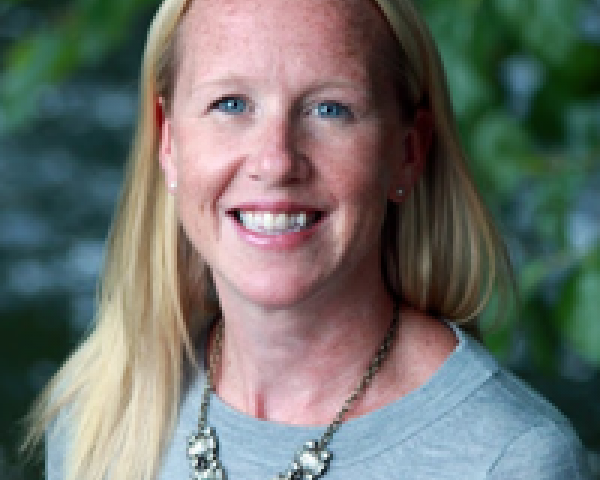Despite their prevalence, eating disorders are treatable. It is important to know the signs as well as what to do if someone you know is at risk.
In America, 30 million people will struggle with an eating disorder at some point in their life. With statistics this high, it is likely that someone you know, or perhaps even you, has struggled with this mental health issue. Family members, friends and even coworkers can struggle with anorexia, bulimia and binge eating disorder. Despite their prevalence, eating disorders are treatable. It is important to know the signs and symptoms as well as what to do if someone you know is at risk—especially in the workplace.
Our workplaces are often a source of stress. Deadlines, long hours and strained relationships can leave us feeling tired and vulnerable. When we feel down, we can be more susceptible to mental illness, including eating disorders, and stressful times can exacerbate existing conditions. With eating disorders, as with most illnesses, early intervention is important.
Businesses are in an excellent position to help employees who may be struggling with an eating disorder. Wellness programs can help raise awareness and encourage treatment. And anonymous screening programs can be an effective way to assist employees.
Anonymous and confidential mental health screenings are designed to help individuals examine any thoughts or behaviors that may be associated with eating disorders. After completing the self-assessment, users are provided with helpful resources and treatment information, if necessary. Although the screenings are not diagnostic, they will determine if someone is exhibiting symptoms associated with an eating disorder and if that someone should seek help.
Some common eating disorder signs and symptoms include:
- Frequent comments about feeling “fat” or overweight
- In general, behaviors and attitudes indicating that weight loss, dieting and the control of food are becoming primary concerns
- Skipping meals or taking small portions of food at regular meals
- Hiding body with baggy clothes
- Evidence of binge eating, including disappearance of large amounts of food in short periods or lots of wrappers and containers indicating consumption of large amounts of food
- Maintaining an excessive, rigid exercise regimen—despite weather, fatigue, illness or injury—because of the need to “burn off” calories
- Drinking excessive amounts of water or using excessive amounts of mouthwash, mints and gum
If you are concerned that a coworker may have an eating disorder, there are things you can do to help. Rather than focus on issues related to their physical appearance, let your coworker know you have noticed a change in their behavior. Perhaps the quality of their work has suffered or their mood has changed. Let them know that you care and offer helpful resources. If your workplace offers a wellness or screening program, share that information. Anonymous eating disorder screenings are always available at
MyBodyScreening.org. Be sure to follow-up with the coworker to see how they are doing. Support systems are important as they work toward recovery.
The National Action Alliance for Suicide Prevention is a public-private partnership advancing the National Strategy for Suicide Prevention, put forward by the U.S. surgeon general. The alliance supports mental health and suicide prevention programs in the workplace and endorses mental health screenings as part of those programs. Screenings can make a difference in mental health and suicide prevention.
As millions of adults struggle with eating disorders, workplaces can make an impact by spreading awareness, offering screenings and encouraging treatment. It is in the best interest of an employer to help workers stay healthy and productive. Wellness and screening programs are a proven way to do this.







